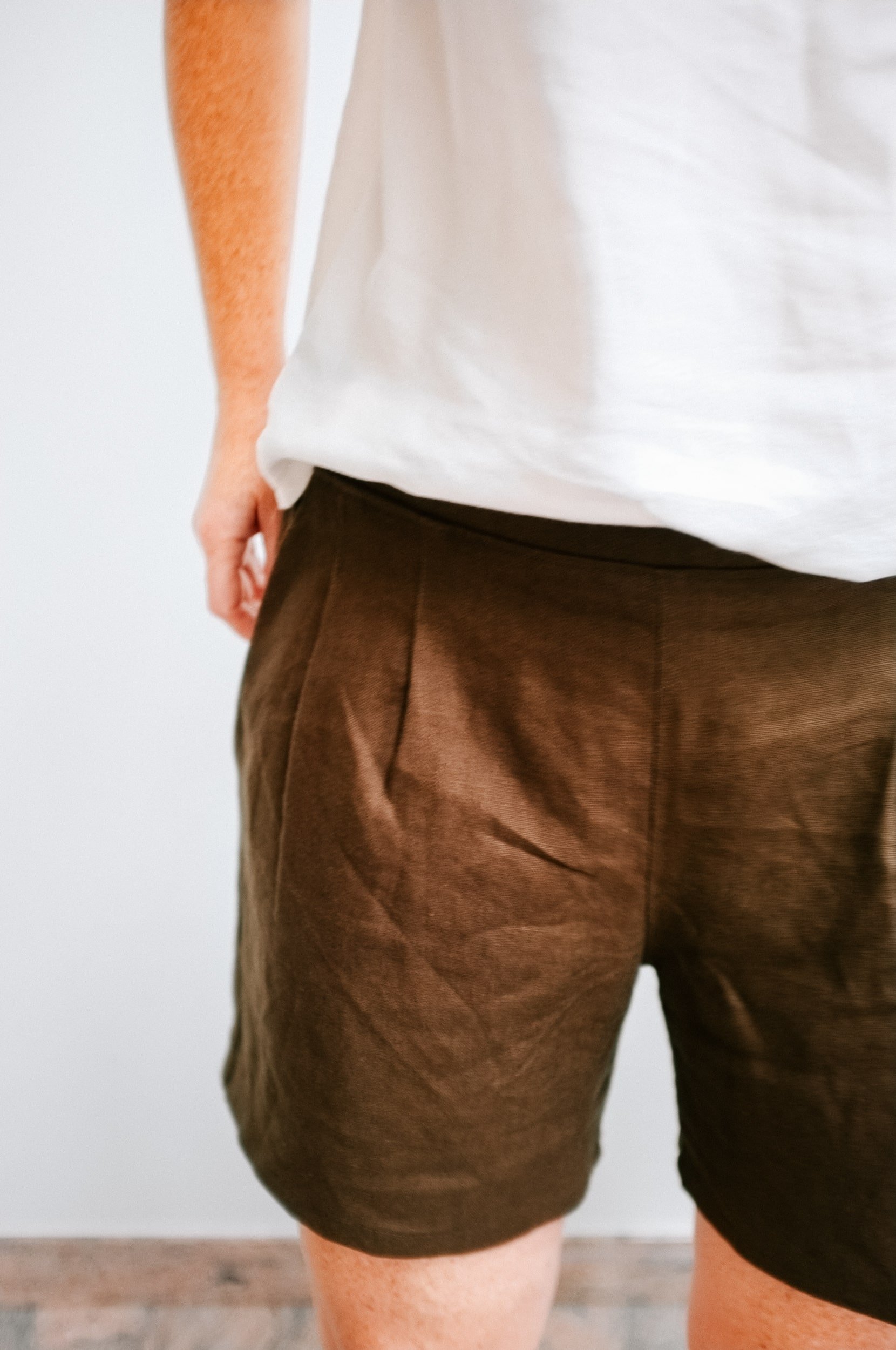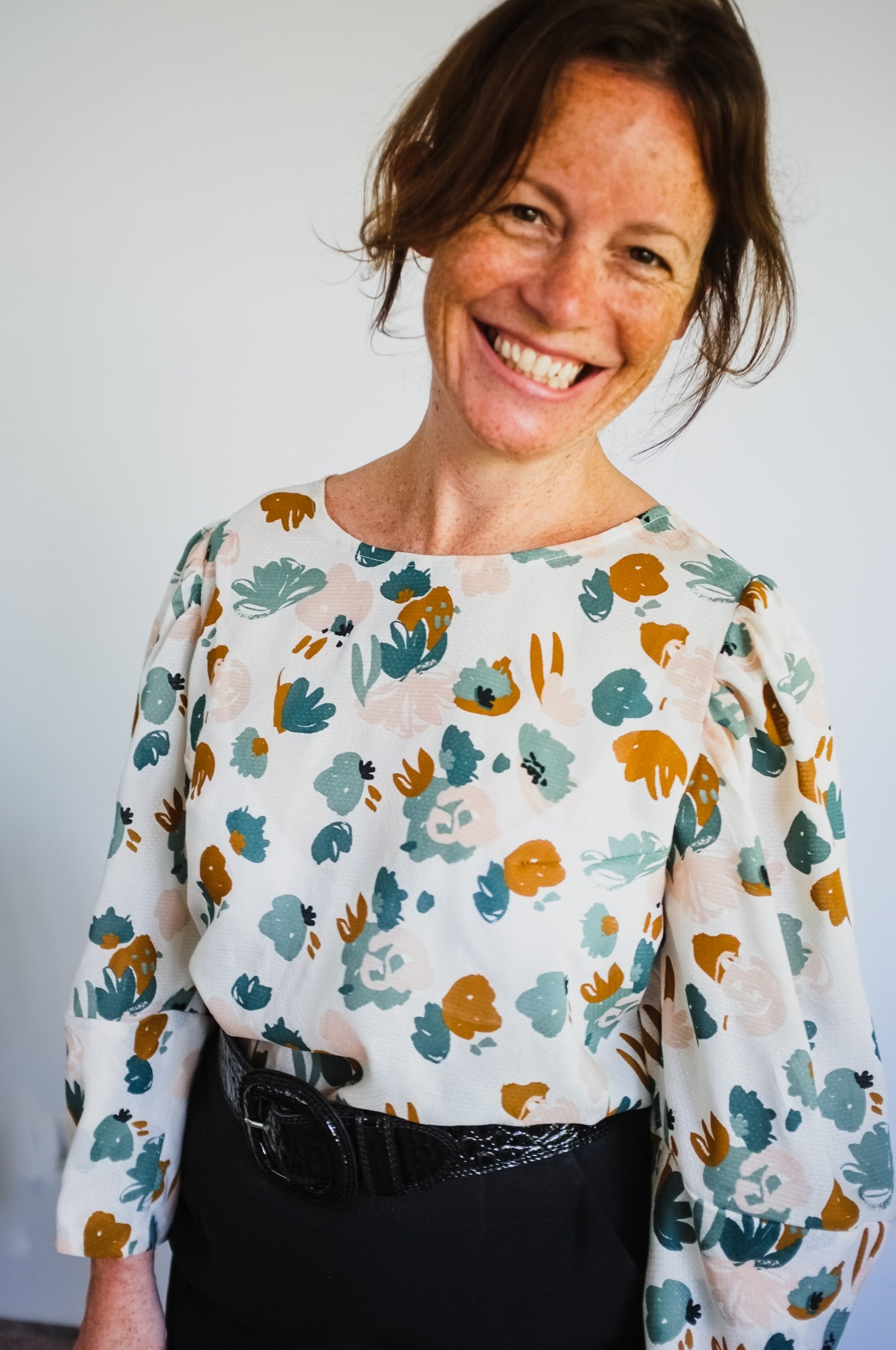what would be in your ideal wardrobe?
“My body isn’t the same shape it was 10 years ago and it no longer matches the proportions used by my favourite stores ”
There is many reasons why you might want to explore making your own clothes. For some it’s a creative outlet, for others it’s the ability to say “no thank you” to fast fashion.
I was inspired to start sewing clothes because of the clothes in my wardrobe. Some of the pieces are nearly 20 years old and I love them. They give me that extra confidence when I put them on and regardless of the occasion I feel like I have the right pieces to mix-and-match an outfit together.
But these loved favourites don’t fit anymore and it hasn’t been easy finding replacements. It hasn’t helped that I also moved to a different continent with a colder climate. My wardrobe is now full with favourites that have seen better days and more recent purchases that are not quite my style and fit badly. So now I’m learning to sew my own clothes with the ultimate goal to reach the stage where I can sew a few key pieces… just like my old favorites.

getting started
Browse the frequently asked questions for ideas on making your own clothes or keep scrolling to see some of the patterns that have helped me build sewing, fitting and pattern skills.
+ What do I need?
Just the desire to start! Are you procrastinating a little? Just remind yourself of all the great reasons why you want to make your own clothes.
To start sewing your own clothes it will be easier with a sewing machine, but don't worry it doesn't have to be a fancy one. Before committing you could try taking a short sewing class. Technically you can also start without a sewing machine, for example hand sewing a loose fitting linen top is completely feasible.
Another option is to start by knitting something for your wardrobe. I learnt to knit before I learnt to sew. Knitting is nice because it doesn't need a big investment to start. Also for those that like to optimise time, knitting projects are perfect for daily commutes or fitting in around other tasks.
+ any tips for learning to sew?
There are a number of fantastic resources out there, I've listed some of my favorites here in this LINK.
Something no one told me when I started is that "learning to sew" is also about learning to cut out patterns as accurately as possible, learning which fabrics will suit a particular pattern and learning to press (iron) your seams!
Last tip - it's a journey, mistakes are a healthy part of learning anything new. Be kind to yourself and be patient.
+ any tips for leaning to knit?
Anyone can learn to knit, you don't need any special talent for crafting, just a bit of practice and like sewing you have to be brave enough to learn something new. It's good to figure out what style of learning suits you - books, a small class, learning with a friend or one of the many youtube videos out there.
Knitting projects can sometimes feel like they take forever so when learning to knit it will be more enjoyable to start with a quick project like a hat or cowl. If you are thinking of taking on a scarf try big chunky wool and big needles or at least a yarn that changes colours to keep it interesting.
+ Do you know what you like?
I recommend spending a little bit of time thinking about how you want to dress and what type of clothes would suit your lifestyle. Having this awarness will make it easier to pick fabrics and patterns. The projects will be more fun to work on and it will help you avoid impulse purchases.
For me the researching and planning is part of the fun, but if it feels overwhelming to start with check this LINK for an example of how I navigate the tricky question of "will this suit me?"
If interested in exploring your personal syle and building your dream wardrobe the book The Curated Closet by Anuschka Rees is a good place to start.
+ how to pick a pattern?
When starting out with sewing or knitting my advice is to keep the first couple of pattens simple. This keeps it fun and as your confidence and skills grow you will naturally evolve to more complex patterns.
Use the sewing (or knitting) skill level on the pattern to help guide you. Ideally pick out a pattern from an independent sewing-pattern company as they usually have detailed step-by-step tutorials avaliable to help you through the project. Stick to using the type of fabric that the pattern is suggesting and try starting with a pattern that recommends a woven fabric like cotton or linen.
+ why doesn't it look right?
Fitting clothes can be the hardest part of sewing. I've invested hours into books and courses and ultimately I don't think they were that helpful. The best way to get it right is to make sure you are using the fabric the pattern suggests and practice. It's been through trial and error that I've learn't how to pick patterns that work for my body or adapt them to the fit I like.
Some tips to get you closer to your goals are in this LINK.
See the Journal for more articles on sewing and curating a wardrobe and feel free to leave a comment or ask a question.
Patterns -
Tried and true
Patterns that are on high rotation in my wardrobe.
Odgen Cami
When the sun is shining, this pattern by True Bias is on high rotation.
Emerson Shorts
With a personal preference for mid rise rather than high rise, this pattern by True Bias keeps everyone happy with options for both. Comfortable to wear these shorts are my favourite.
I am Apollen
If I had to choose just one sweatshirt pattern it would be Apollon by I AM. It’s a classic sweatshirt that I wear to work and in the weekend.
Fen Dress
Sewn in early 2018, this pattern by Fancy Tiger Crafts is surprisingly my most worn me-made item.

I’m looking for clothes that can easily transition from day to night, work to weekend, are comfortable to wear and have a little bit of intelligence about them.
Patterns Tried but not so worn
While popular among the sewing community, these makes have not gone on to become wardrobe favourites.
Ilford Jacket
I suspect, like the cielo top, one of the main reasons I don’t wear my Ilford Jacket from Friday Pattern Company is because I haven’t needed work clothes. Truth be told, nor have I really left the house a lot since COVID hit. In general I like the style and fabric, perhaps it doesn’t get worn because I think it suits slim-fitting pants, which I don’t fit anymore. Lets see if I can sew some pants to go with this jacket and if it gets some wear in the next couple of years.
Cielo Top
I made two Cielo Tops from Closet Core Patterns in May 2020 thinking they would become my new favourite tops. Nearly two years later and it turns out I have only worn them once or twice at most. A number of factors have contributed. This version in viscose fabric from Atelier Brunette is very thin and slightly see through, so not ideal for work*. I don’t find the big sleeves or the length of the top (when it is not tucked in) particularly flattering on me. However I adore the neckline on the top and will have to re-use it somehow.
*Also thanks to COVID I haven’t needed to wear office clothes for a couple of years.
And these patterns, after making them, I realised were really not me and didn’t even make it to being photographed:
Charlie Caftan by Closet Core Patterns - I was looking for something suitable to take poolside while on holiday but this wasn’t particularly flattering and I wasn’t a good enough sewer to get the insert on the front to sit right. More recently I’ve made a short version of Wilder Gown by Friday Pattern Company in a textured linen that I love wearing as a beach coverup - photo here.
Shift Top by Wiksten - I’d seen lovely versions on instagram and thought it would be the sort of top I like to wear. It’s still a mystery to me why I don’t like this top on. Maybe it’s the way the sleeves are designed, maybe it’s the way the pockets make it feel like an art smock - for some reason I just don’t like it or think it is that comfortable to wear. In complete contrast, a boxy style top I do wear a lot is the Georgia Tee by Elizabeth Suzann (with an extra 2 inches added to the body - photo here) and a modified version of the Maya Top by Marilla Wlaker - photo here.







